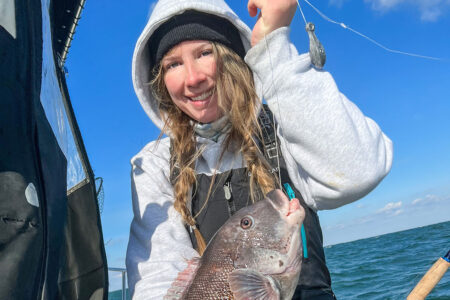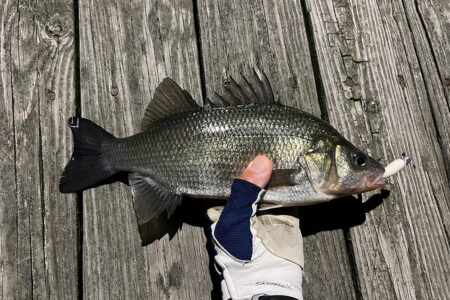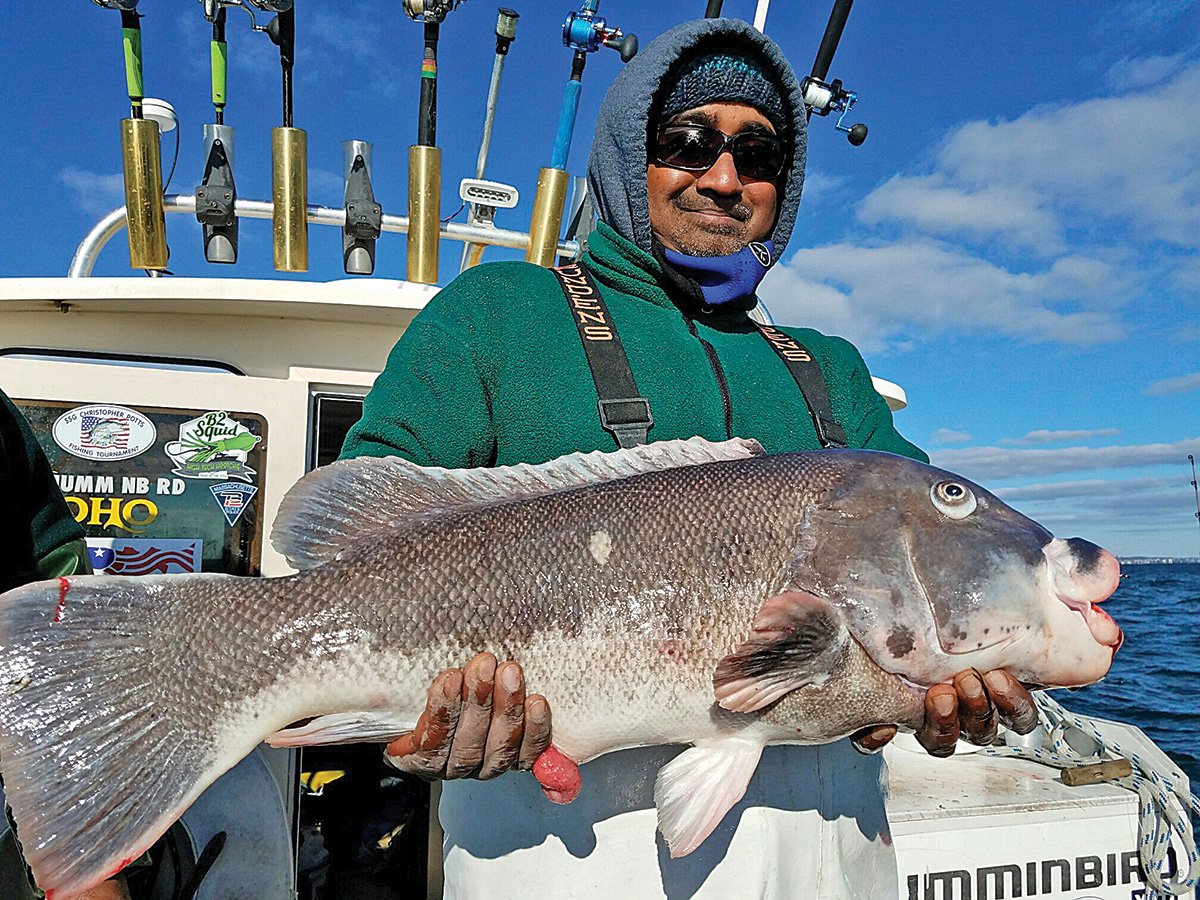
The homemade balance scale swung up and down and side to side as the caretaker struggled to get it under control. Two big tog, landed a few hours earlier, were still breathing life and would not settle down for their second match of the morning. Tommy Togger and Billie’s fish were still feisty with one about to be declared the pool winner. In the absence of modern day coolers those bruisers had been swimming in the big live keeper net tied to the side of the boat and were just as lively as when they were hauled from their craggy lairs; tog are tough customers.
The old man spun the devise around while Matty cracked one, then the other across the skull with his Billy Bat, just to get their attention. At that juncture Tommy’s fish slowly pulled the scale down and claimed the pot of gold, bringing a crooked smile across the leather-creased face of the veteran togger. Billie was disappointed, but he had been making a run at the champ who had never previously been contested. Entry into the pool was the princely sum of 25 cents so the bucktoothed, bulge-eyed white chinner, estimated at 12 pounds won my mentor the $3.75 pot, no small measure of affluence in the mid-1950s.
I’d been Tommy’s gopher for almost two years and knew that in some small measure I would be sharing in his bounty. Tog were big and plentiful back then, but the bulldogs were never easy. On a good day you might get a nickel or eight cents a pound for a 5-pound tog, which back then were considered mainly chowder fish. The people who made that assessment had obviously never tasted a baked, stuffed tautog in the Portuguese or Italian tradition. For a boy, who usually ate much more than his desired allocation of all species of fish, the taste and aroma of that dish will still get me to the dinner table in a hurry.
The aforementioned competition took place in the Golden Years of the 1950s before commercial efforts wiped out the offshore treasure and moved in closer to devour the inhabitants in the bays. That was when cod, haddock and several types of flounder were at the peak of value with tog at the bottom rung of the commercial ladder. Those circumstances didn’t last much longer because fish dealers soon found enthusiastic buyers of a tasty and wholesome product that was greatly underpriced and underappreciated. Once their popularity increased, creating escalating prices on their head, the biomass began its decline.
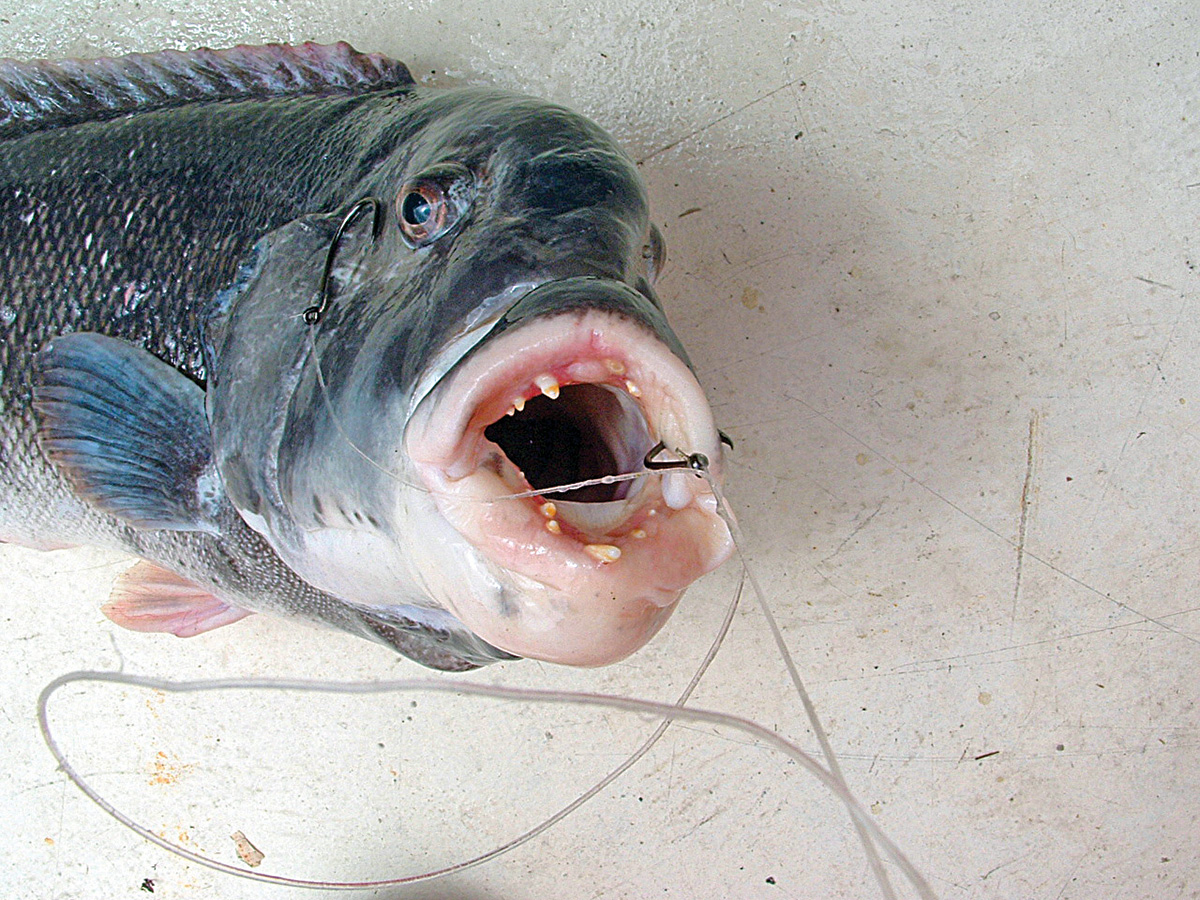
I have no quarrel with the prejudiced striper aficionados who are biased toward any other species as that means more tautog and fluke for me. However, they are missing out on extending an already shortened northeast fishing season and some great eating to boot. While the tautog fishery may never recover to the numbers of a half-century ago, over the past five years it has provided some very good fishing in the neighboring Bay State and Rhode Island.
Although the tog has never received the respect of the seven-striped glamour fish, they are a challenging and much sought-after resource, particularly after the stripers migrate out of our waters. To the surprise of many skeptical striper fishermen, tautog fishing is a very technical exercise and some bass aficionados just never get the hang of it. Many flail away at the slightest nibble while others wait for that hard strike that often never comes. This is not the type of fishery where you bait your hooks, put the rod in the holder and wait for something to happen because it seldom does. You can get away with that method while striper fishing or drifting for fluke, but if you intend to become a successful tautog fisherman you better give it your undivided attention; it’s strictly a hands-on technique. Sharpies will tell you that tog are not line shy, and I agree. We caught them with hooks wound onto thick handlines of heavy tarred line, and they ate with gusto, but that doesn’t imply you can get away with being careless.
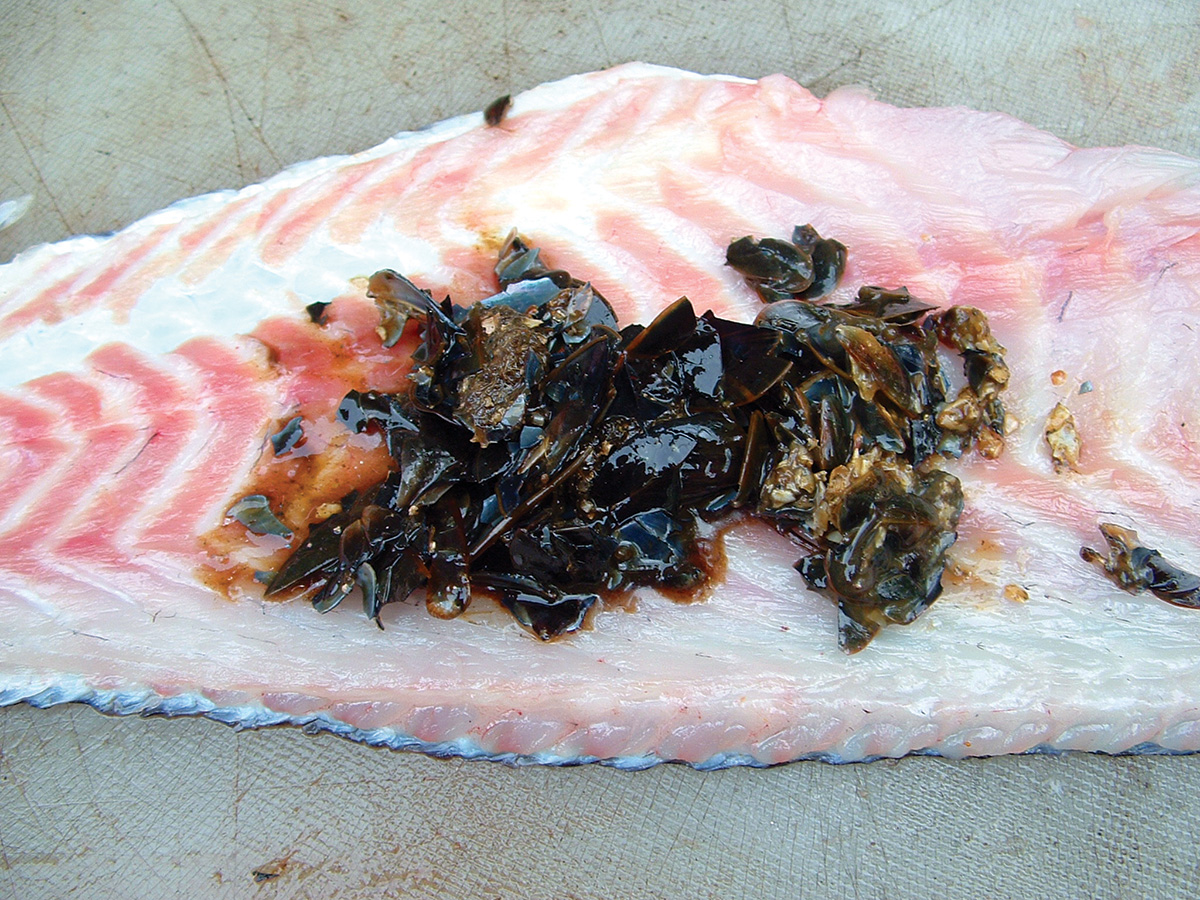
I personally never take tog for granted. I prefer a single hook rig of 50- or 60-pound fluorocarbon for the abrasion-resistance more than the visual advantage, with a minimum of hardware. A stout 5/0 or 6/0 Daiichi or Owner offset hook snelled and just enough lead to tend bottom suits me fine. I use a large sinker-snap to facilitate changing weights according to the depth and current because I am looking for every edge I can create. The old-timers believed you had to learn from scratch and that any advice, while helpful, would never take the place of “hands-on” experience. You quite simply can’t tell someone how to catch tog.
For the novice, I strongly recommend keeping it very simple. The single hook with half of a small green crab will present a light rig with the possibility of a keeper taking the entire bait into its mouth. With two baits and small tog and cunner (choggies) feeding, I have witnessed people flailing away and spooking the larger specimens that prefer a “quiet” bait. I know that with a light rig the tide will lift the crab off the bottom and suspend it enticingly in the current, and I have had big tog inhale a bait and never felt it until they moved off. When those fish were netted I found that my hook was usually in the back of their mouth, near the crushers.
Traditionally I made every effort to keep my baits still until I began experimenting with jigs. After believing that I had the basics down pat the last thing I would have ever considered would be jigging a bait for a species that prefers meat in the form of crabs and mollusks. One year while drifting for black sea bass over a mussel bed I hooked and released three sub-legal tog that ate the red tubing at the business end of my jig. As I was in Rhode Island waters the fish could not be retained during the summer closure for blackfish. This summer New Yorker, Mike Woltman caught a 6-pound tog with me while using a white bucktail he was jigging for sea bass—you just never know!
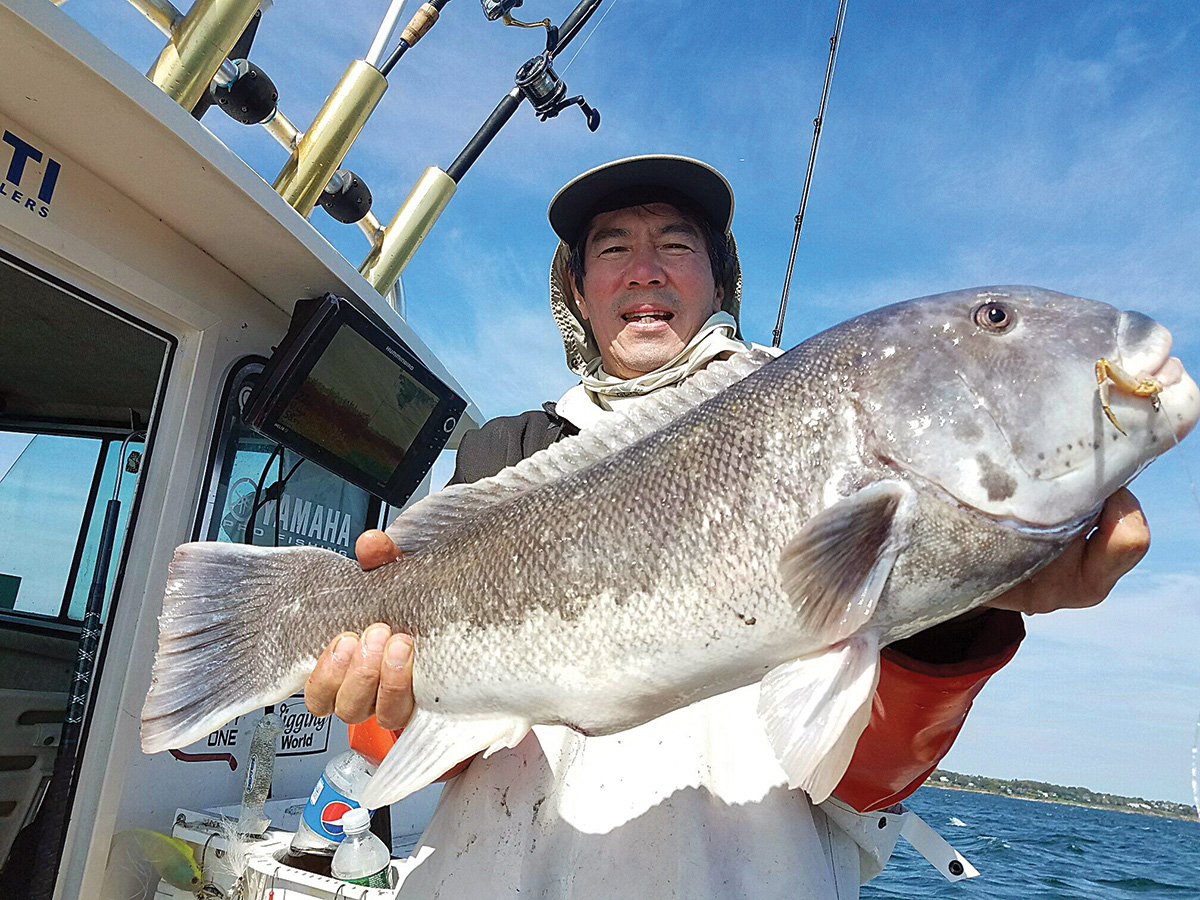
Back in the good old days we began using fresh clam tongue then green crabs for tog before I began experimenting with tog jigs. As I’ve already detailed that procedure in an earlier discussion I will just add that the method has been tweaked and spreading among top-notch tog anglers. While we don’t want our baits bouncing up and down after misses, the slow enticing crawl of a crab on a tog jig is oftentimes so tempting it produces shocking strikes. The bait appears to be trying to hide or escape and that triggers a full-out attack, not the nibbling around the edges normally associated with a big tog’s dining habits.
From my crude homemade jigs I have evolved to using Captain Pete Meyers’s deadly Run Off jigs, proven by the 44 double-digit tog up to 20 pounds, 8 ounces they have accounted for so far. Forty of those bulbous-eyed bombers were released. For further information visit www.runofflures.com, and to add a little frosting on that cake, all his lures are handmade in the USA.
Over the years I have been asked what season is best. Is it the spring run when the tog move inshore to fatten up and spawn or the fall season as they prepare to move offshore for the winter months? For my money spring or fall I’m always ready to take up the challenge of besting a brawling, double-digit wrasse anytime I can.

